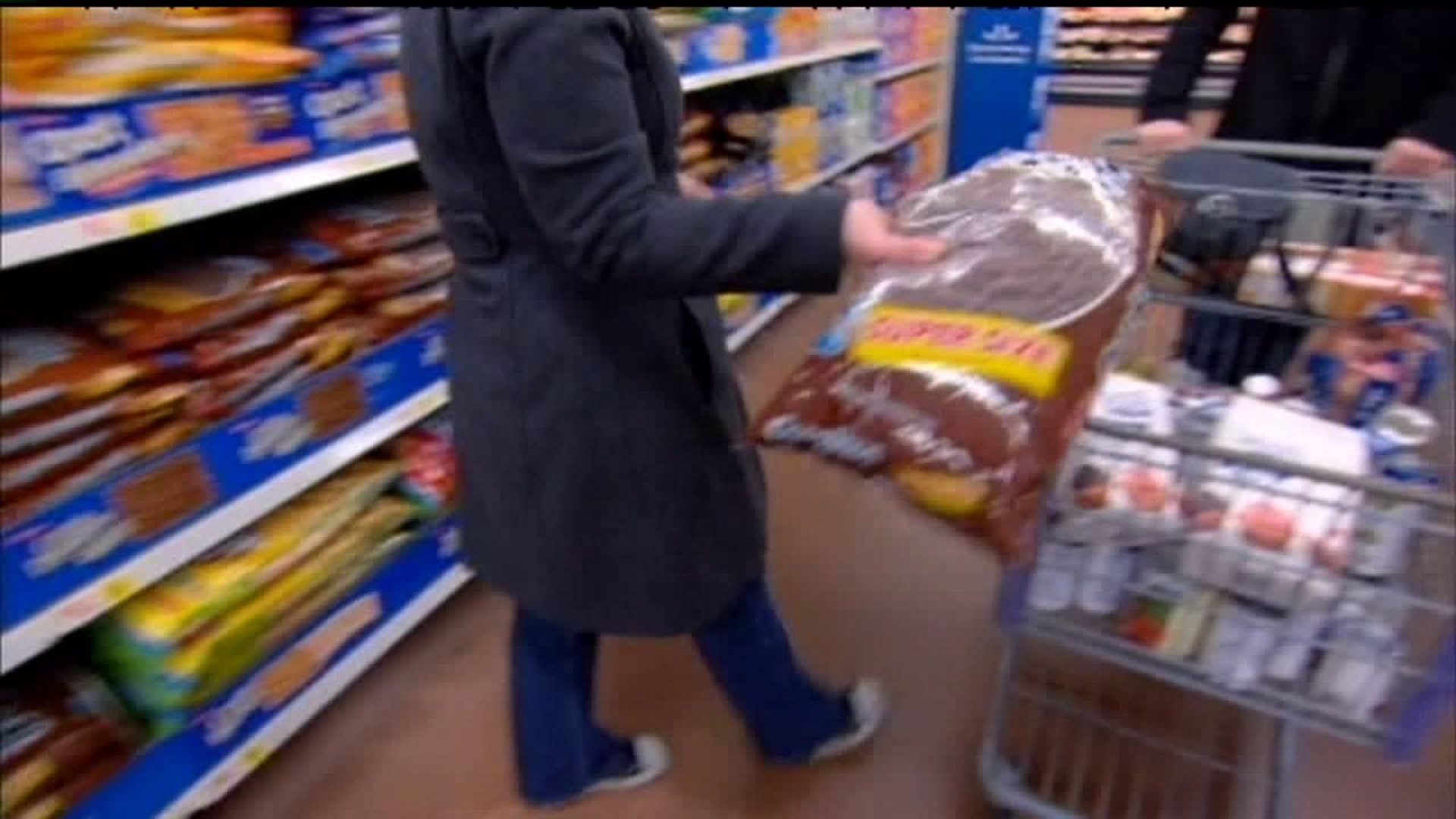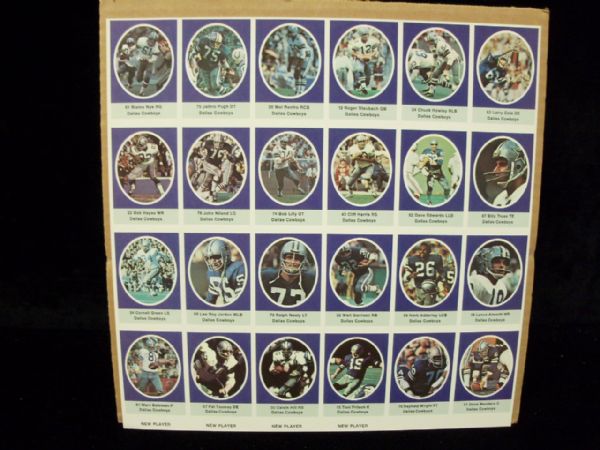

Retailers that draw a higher-income customer base, such as Target and Costco, should feel comparatively less effect, Short said. business with 5.5% and Kroger with about 5%, according to the bank's estimates, which were based on company filings and government data. That's followed by BJ's Wholesale with about 9%, Dollar General at about 9%, Dollar Tree at about 7%, Walmart's U.S. According to an analysis by Credit Suisse, Grocery Outlet has the highest exposure to SNAP with an estimated 13% of its 2021 sales coming from the program. Some grocers and big-box retailers could feel the impact more than others. In a research note for Credit Suisse, Short found an average decline in SNAP spending of 28% across several retailers from the date the additional funding ended. "There just isn't a single tailwind in my view."Įmergency allotments of SNAP benefits previously ended in 18 states, which could preview the effect of the decreased funding nationwide. "I don't think I could tell you what a tailwind is for the consumer," she said. "But as you know, because of inflation, there's a lot of people whose budget is under strain."Ĭredit Suisse's Short said for lower-income families, the food cost squeeze comes on top of climbing expenses for nearly everything else, whether that's paying the electric bill or filling up the gas tank. "We're hopeful that everybody will work together to continue or find additional money," he said on the company's earnings call with investors earlier this month. Kroger CEO Rodney McMullen called it "a meaningful headwind for the balance of the year." Some retailers mentioned the SNAP funding decrease on earnings calls, too.

Yet retailers themselves have pointed out cracks in consumer health, noting rising credit card balances, more sales of lower-priced private label brands and shoppers' heightened response to discounts and promotions. That index has also gotten a lift from restaurant and bar spending, which has bounced back from earlier in the pandemic and begun to compete more with money spent on goods. The annual inflation rate is at 6% as of February, according to the Labor Department's tracking of the consumer price index, which measures a broad mix of goods and services.

Some of those higher sales have come from higher prices. On a year-over-year basis, retail spending was up 17.6% in February, according to the Commerce Department. So far, retail sales in the first two months of the year have proven resilient, even as consumers contend with inflation and follow a stimulus-fueled boom in spending in the early years of the pandemic. "You still have to feed the same number of mouths, but you have to make choices," said Karen Short, a retail analyst for Credit Suisse. Major companies, including Best Buy, Macy's and Target, have shared cautious outlooks for the year, saying shoppers across incomes have become more careful about spending on items such as clothing or consumer electronics as they pay more for necessities such as housing and food.įood, in particular, has emerged as one of the hardest-hit inflation categories, up 10.2% year-over-year as of February, according to the U.S. It's likely to pressure a weakening part of retailers' business: sales of discretionary merchandise, which are crucial categories for retailers, as they tend to drive higher profits. Yet for many families, the drop will be even steeper since the government assistance scales up to adjust for household size and income.įor grocers like Kroger, big-box players like Walmart and discounters like Dollar General, the drop in SNAP dollars adds to an already long list of worries about the year ahead. For those households, it will amount to at least $95 less per month to spend on groceries. More than 41 million Americans receive funding for food through the federal program. Personal Loans for 670 Credit Score or Lower Personal Loans for 580 Credit Score or Lower Best Debt Consolidation Loans for Bad Credit


 0 kommentar(er)
0 kommentar(er)
